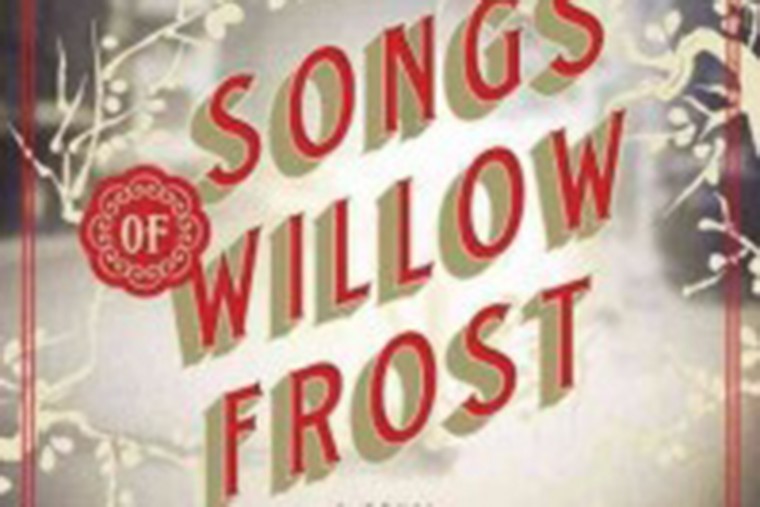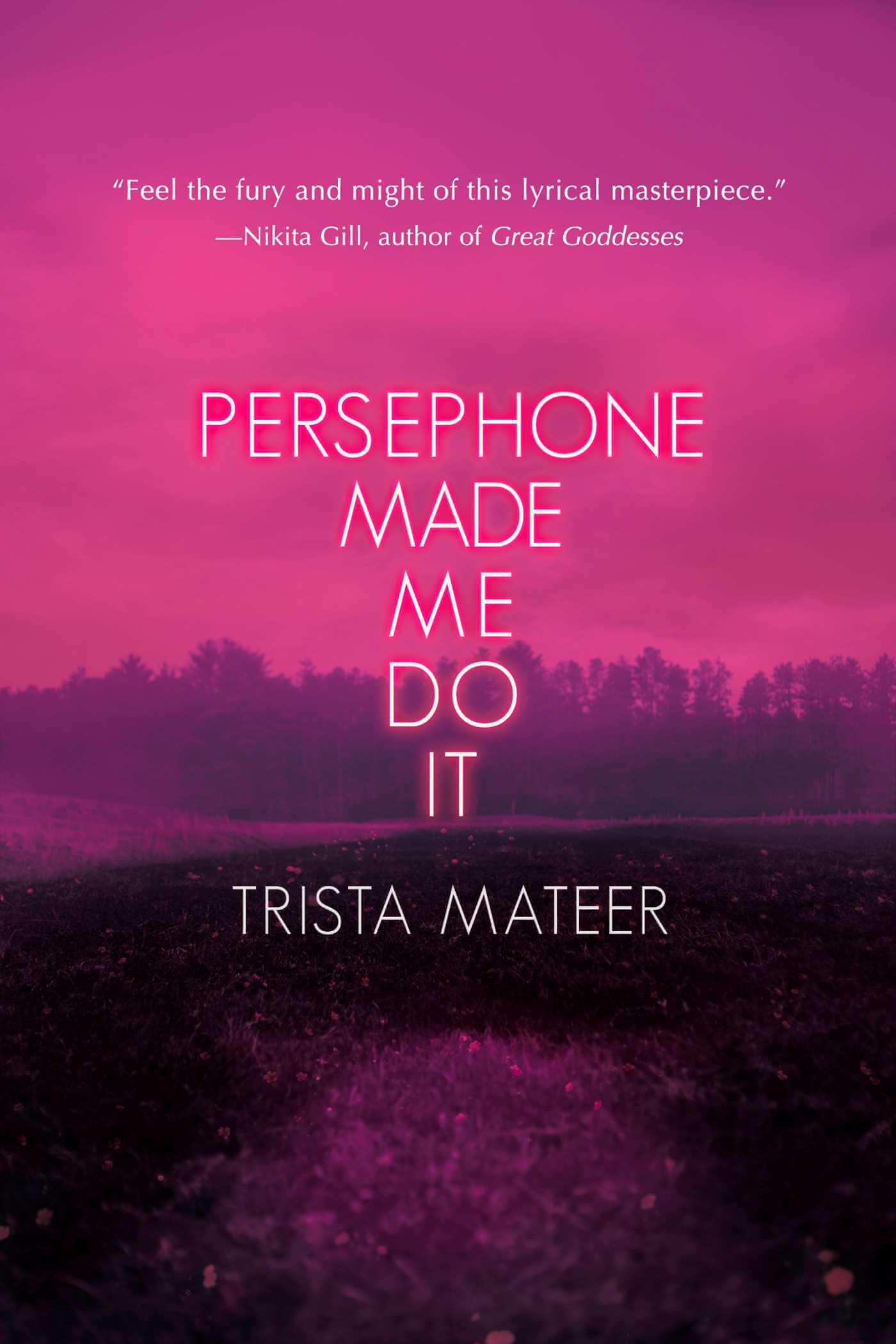
Review
More Than Flyover Country: Jack Driscoll’s Twenty Stories
Pushcart Press
ISBN: 9798985469714
Review by Al Dickenson
Perhaps taking a page from his home region’s book, Jack Driscoll is straight to the point with his new collection of short stories, Twenty Stories. As indicated, there are twenty stories in this book, broken into four sections of five each. Though it is often not recommended to judge a book by its cover, in this case, you will get exactly what you are looking for because contained in these 260 pages are tales of anger, love, virtue, and interpersonal relationships.
The straightforwardness of Driscoll does not end at the book’s title, however. While not all of the collected stories are memorable, I challenge any reader to find a word out of place, overused, inconsequential, or unnecessary. The lyricism of Driscoll’s writing is a trait that brings the reader into the stories: when reading, you feel as though you are standing on the porch or sitting in the fishing boat, hanging on every word the characters say, as you feel not for them, but with them.
This book, for whatever reason, has been branded as a glimpse into the life of a Midwesterner. Yes, Driscoll writes from home in the UP (Upper Peninsula) and often writes of the state of Michigan (Traverse City and Sault Ste. Marie feature fairly prominently), but his stories have a much wider reach. Some stories contain scenes of fishing, rusted vehicles, and sledding (21; 118; 217-218). There are the double first names, which seem to be a Midwest phenomenon (“Prowlers” 76). But then there are stories like “On This Day You Are All Your Ages,” wherein a more typical story occurs about beauty and coming-of-age. Anyone who reads it can be taken in by the girl, Marjorie, and her quest for fulfillment and appreciation. So, while Twenty Stories takes place in the Midwest, and primarily in Michigan, it highlights how people are the same everywhere you go: wishful, kind, and underappreciated by those around them. There’s more to the Midwest than just how nice it is (referring to both the land and the people inhabiting it), but the straightforwardness never goes away. That said, no matter where you are from, you can appreciate the people Driscoll writes about. Chances are you know them already.
As Driscoll is a Midwestern writer, there are stories that bring out aspects of a declining Midwest, such as “After Everyone Has Left,” where a man, Doyle Laidlaw, must accept his daughter’s mysterious disappearance (94). While struggling with this loss, Doyle sees the man said to have been involved in her disappearance, Clifford, face execution. While not directly about the depopulation of the region, “After Everyone Has Left” bears resemblances to how, for many years, the desire to go off to so-called “bigger and better things” leaves a hole in the hearts of those we leave behind. These holes are undoubtedly present for those fleeing the coasts for inland regions, but stories have not yet reached Midwestern shores.
To bring back a point from earlier in the review, not all the stories in Driscoll’s collection are particularly memorable. The final selection in the third section, “That Story,” has religious overtones, but more generally, it is about the mundane aspects of life. It opens with a scene of a mother clipping newspaper articles that she finds interesting (185). These scenes and stories are not about excitement. Rather, they are about what happens in the real world. In many ways, the realism of Driscoll’s writing shines forth more than anything else. While the scene and story in question may not seem profound or poignant, it is this type of tale that people can relate to, as life for many is not about chasing the next adventure but about being where you are now. Yes, people always have and always will dream for more. They do it now – but here’s the catch: just because we dream does not mean they come true. If there is one thing to take from Driscoll’s stories, be they memorable or not, it is to reflect on what could be while also accepting what has been and is now. But that means there is something to strive for.
Yet, there are stories that are memorable, first and foremost being “The World of a Few Moments Ago,” which tells the story of a simpler time when a man was cheating on his wife and contemplating the world he’s lived in for nearly eighty years. In a nonlinear storyline, flashing back and forth between his present life at home in the middle of the night with a sleeping wife and a scene of each of his three affairs, Driscoll writes about what could have been and how memory plays with us, justifying actions and dulling pangs of remorse or guilt or shame. Without a doubt, this man, Clyde, knows what he did was wrong, but that does not stop him from reliving the memories. Clyde does not tell his wife of these infidelities, and yet, life goes on despite his hurtful actions (75).
Though I greatly enjoyed these stories, I am left with some qualms. First, nearly all of the tales were told in the first person. While not inherently a bad thing, the lack of communal awareness does not strike at the heart of Midwestern thought and practice, where the rugged individual is only that in comparison to the general population rather than the community he comes from. In that same vein, while it is admirable that Driscoll attempts to write a story in the second person (“On This Day You Are All of Your Ages”) and does a fairly good job, the medium is a bit of a clunker. However, beyond some fairly minor stylistic concerns in the tale-telling execution, the collection of twenty stories, all about people more than anything else, is worth reading.
Don’t let this book sneak right past ya there, yeh.
About the Author
 Al Dickenson is a writer, editor, and historian and has been published in the Journal of the American Revolution, Your Impossible Voice, Along the Shore: Strategies for Living with Grief (Orange Blossom Publishing, 2023), and the Sage Scholars Newsroom, among other outlets. He lives in Milwaukee, WI, with his wife, where he applies his talents as a grant writer for a local liberal arts college. More of Al’s work can be found at adickensonwriting.wordpress.com
Al Dickenson is a writer, editor, and historian and has been published in the Journal of the American Revolution, Your Impossible Voice, Along the Shore: Strategies for Living with Grief (Orange Blossom Publishing, 2023), and the Sage Scholars Newsroom, among other outlets. He lives in Milwaukee, WI, with his wife, where he applies his talents as a grant writer for a local liberal arts college. More of Al’s work can be found at adickensonwriting.wordpress.com



